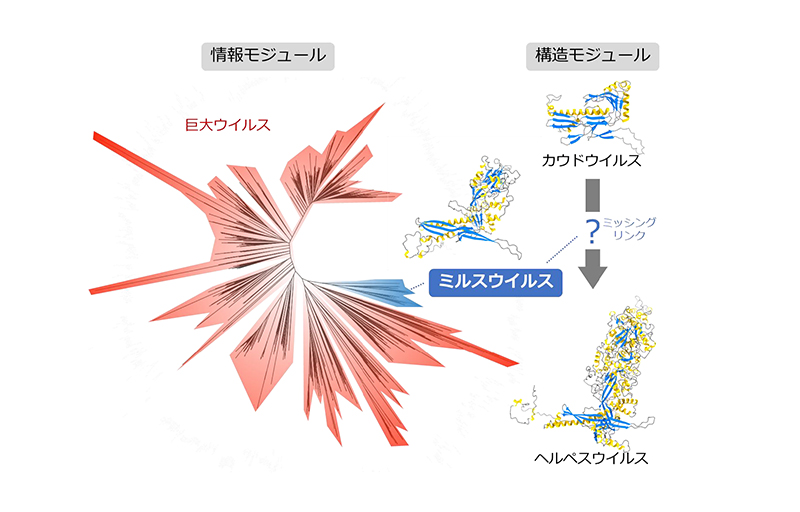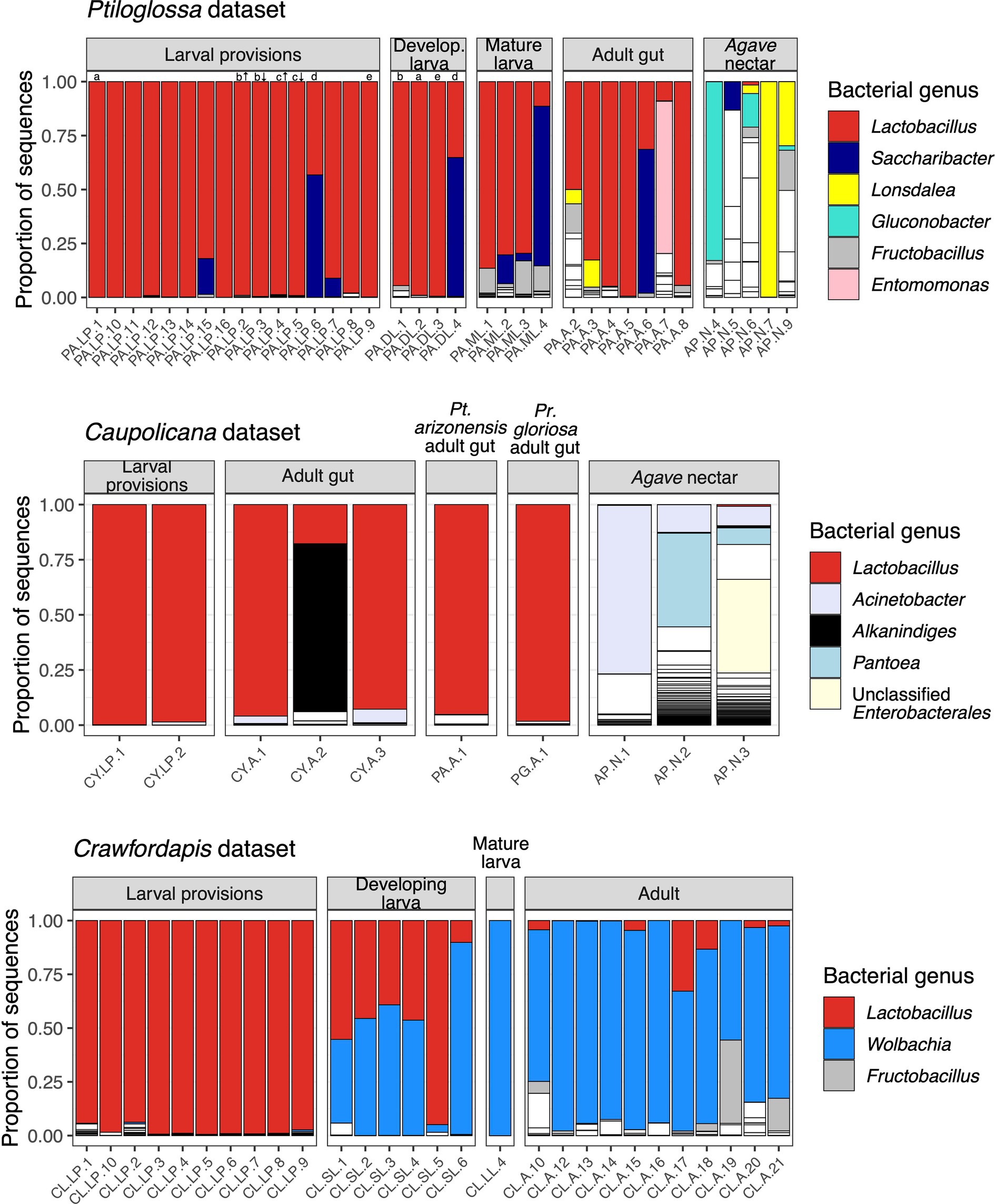エプスタイン・バー・ウイルスの抗体療法やワクチン開発に向けた研究において、研究所のアドバンストフォトンソースは重要な役割を担っている The lab’s Advanced Photon Source has been critical in research toward the development of Epstein-Barr Virus antibody therapies and vaccines
2023-04-20 アルゴンヌ国立研究所(ANL)
APSの協力により、研究者は抗体とともにウイルスのタンパク質の構造を調べ、抗ウイルスおよびワクチン開発のターゲットとなる糖タンパク質を特定することができました。また、免疫不全の患者さんに有効な6種類の強力な中和モノクローナル抗体も同定しました。
<関連情報>
- https://www.anl.gov/article/argonne-aids-in-the-fight-against-one-of-the-worlds-most-ubiquitous-human-viruses
- https://www.sciencedirect.com/science/article/abs/pii/S1074761322005441
Epstein-BarrウイルスgH/gLは、ウイルス中和と融合阻害のための脆弱な部位を複数持つ Epstein-Barr virus gH/gL has multiple sites of vulnerability for virus neutralization and fusion inhibition
Wei-Hung Chen, JungHyun Kim, Wei Bu, Nathan L. Board, Yaroslav Tsybovsky, Yanmei Wang, Anna Hostal, Sarah F. Andrews, Rebecca A. Gillespie, Misook Choe, Tyler Stephens, Eun Sung Yang, Amarendra Pegu, Caroline E. Peterson, Brian E. Fisher, John R. Mascola, Stefania Pittaluga, Adrian B. McDermott, Masaru Kanekiyo, M. Gordon Joyce, Jeffrey I. Cohen
Immunity Published: October 27, 2022
DOI:https://doi.org/10.1016/j.immuni.2022.10.003

Summary
Epstein-Barr virus (EBV) is nearly ubiquitous in adults. EBV causes infectious mononucleosis and is associated with B cell lymphomas, epithelial cell malignancies, and multiple sclerosis. The EBV gH/gL glycoprotein complex facilitates fusion of virus membrane with host cells and is a target of neutralizing antibodies. Here, we examined the sites of vulnerability for virus neutralization and fusion inhibition within EBV gH/gL. We developed a panel of human monoclonal antibodies (mAbs) that targeted five distinct antigenic sites on EBV gH/gL and prevented infection of epithelial and B cells. Structural analyses using X-ray crystallography and electron microscopy revealed multiple sites of vulnerability and defined the antigenic landscape of EBV gH/gL. One mAb provided near-complete protection against viremia and lymphoma in a humanized mouse EBV challenge model. Our findings provide structural and antigenic knowledge of the viral fusion machinery, yield a potential therapeutic antibody to prevent EBV disease, and emphasize gH/gL as a target for herpesvirus vaccines and therapeutics.


